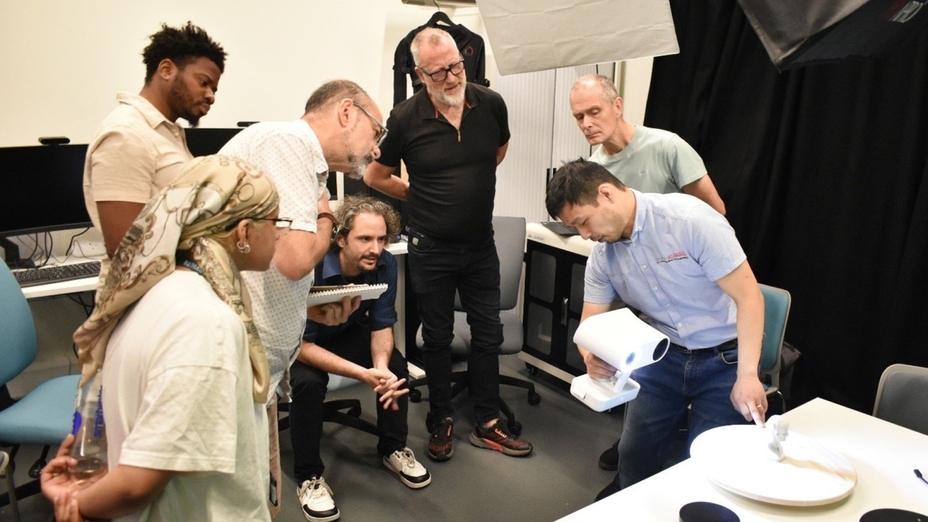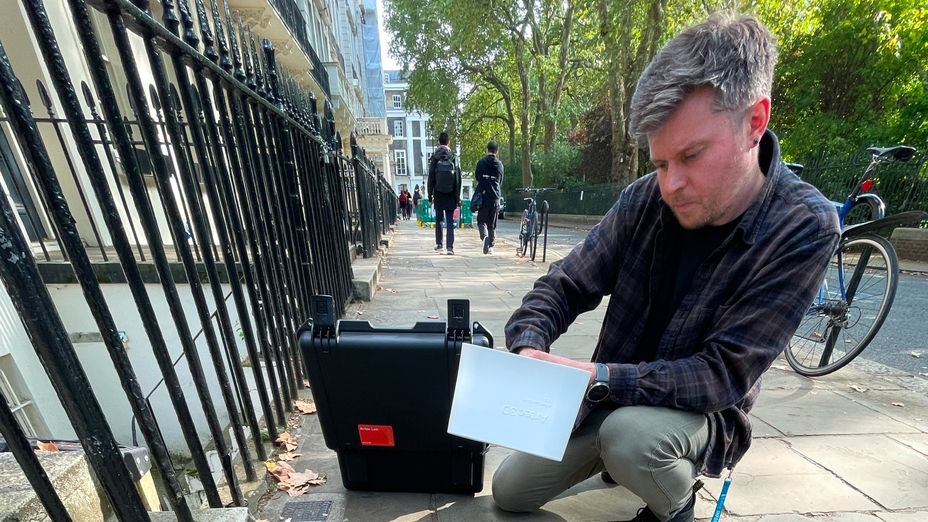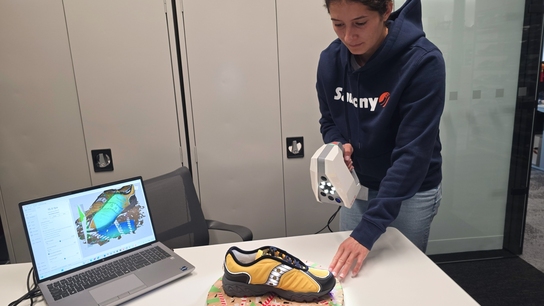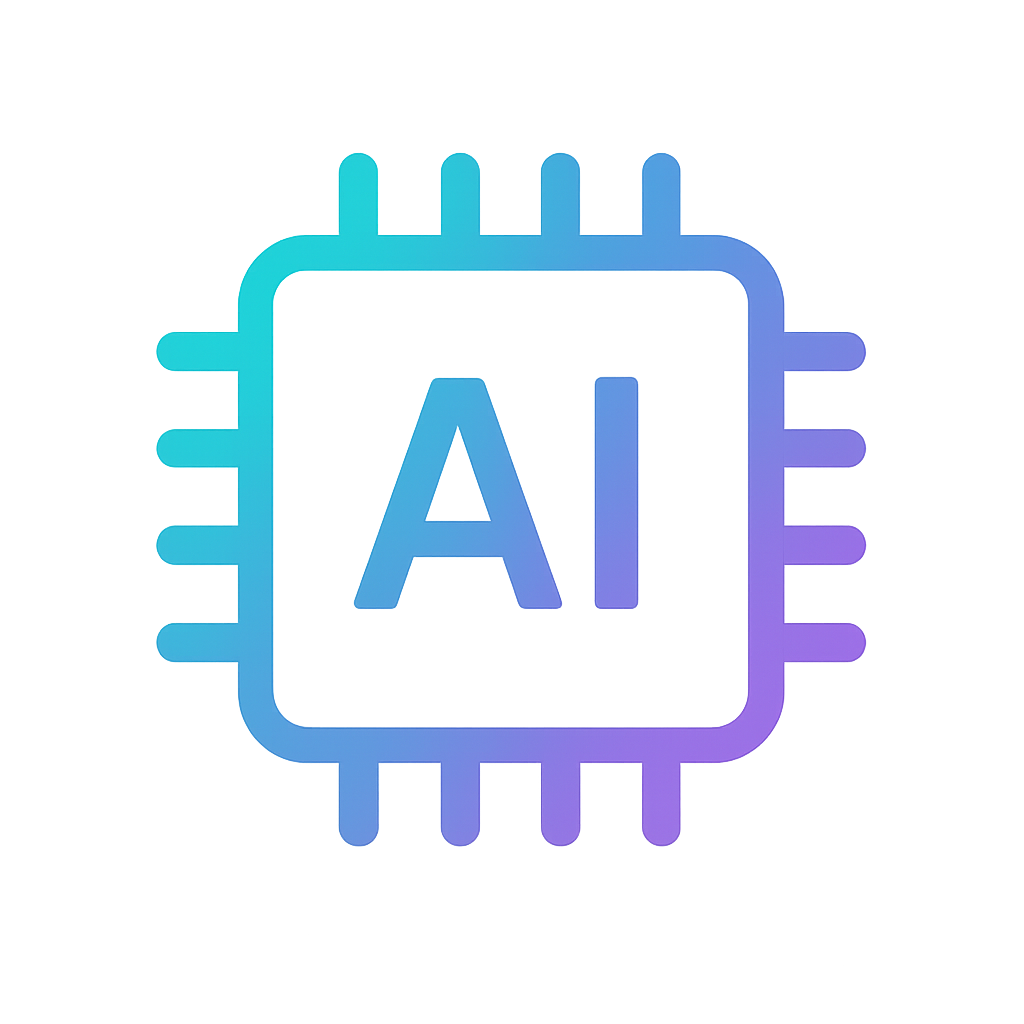Creating more immersive learning experiences with Artec Leo & Spider II
Challenge: Identifying new ways of engaging students while improving lesson accessibility and inclusivity for neurodivergent students, who often struggle to concentrate on traditional learning materials.
Solution: Artec Spider II, Artec Leo, Artec Studio, Thinglink
Result: An initial batch of geology 3D models captured in incredibly high detail, ready for upload to VR platforms, where students will be able to rotate, zoom into, and study them in a virtual space. Geology is only the start – many more teaching materials are now in the works!
Why Artec 3D?: Artec handheld 3D scanners are super user-friendly. Despite never having used 3D scanning before, academics have quickly been able to get to grips with the technology, and there are plans to get Birkbeck students involved in digitization in the near future.

Artec Spider II 3D scanning a geological sample. Image courtesy of Birkbeck, University of London
Traditional styles of lecturing and imparting information can be ineffective in terms of student engagement and triggering deeper learning. It’s especially challenging in certain subjects, which are difficult to teach in a classroom anyway, and with the neurodivergent – who process information differently.
Natural sciences like geology and archeology, for example, offer fascinating insights into the history of our planet and species, their evolution over time, and indeed, their future. However, these subjects are inherently practical – students learn by examining samples – and it’s not always easy to engage them within the confines of a lecture hall.
Birkbeck, University of London, recently opened a new Immersive Learning Centre, where students will be able to learn differently thanks to a classroom fitted with VR headsets and supported by a digital studio & PC production lab.

Artec Ambassador Central Scanning showing academic staff how to get the most out of Artec Leo. Image courtesy of Birkbeck, University of London
In the run-up to the grand opening, the big question was this: How do we create 3D models that bring real objects into the virtual world? As it turned out, the answer was a combination of technologies: the all-in-one, wireless Artec Leo and ultra-high-resolution Artec Spider II – which, in tandem, are bringing unparalleled freedom and precision to learning asset digitization.
Digitizing the past with technology of the future
Packed with advanced technologies, Birkbeck’s Immersive Learning Centre is designed to contribute to cutting-edge research, while unlocking more collaborative learning experiences. With the world increasingly adopting AR & VR, the new facility also allows students to gain valuable industry-relevant experience by borrowing and experimenting with equipment.
Ahead of the center’s inauguration, academic staff started using the technology to capture 3D images and data. Initially, this saw them create a strikingly lifelike avatar of George Birkbeck, the university’s founder (based on facial features mapped from a 200-year-old portrait).
But their attention quickly turned to teaching materials – and the Earth and Planetary Sciences department within the School of Natural Sciences was the first to jump at the opportunity to develop engaging VR content.

An avatar of university founder George Birkbeck. Image courtesy of Luca Battiston, Birkbeck, University of London
Artec Ambassador Central Scanning showed these staff how to get the most out of Leo & Spider II, giving them all the know-how required to capture and process 3D data. The wireless, point-and-shoot Leo proved particularly easy to adopt, with its display offering real-time scan previews, and its intuitive tracking delivering usable results, almost immediately.
“Outside our building, there’s some paving slabs with fossilized ripples in them,” explains Birkbeck geology lecturer Steve Hirons. “I scanned that with Leo, it was very simple, very straightforward, it was probably my first time using a 3D scanner, and I was very impressed with the results.”

Artec Leo being used to capture paving slabs with fossilized ripples in them. Image courtesy of Birkbeck, University of London
“Now I’ve got this 3D model – and looking at the fossilized ripples, you can even work out the relative direction of the current. I showed this to students, they were really impressed, and that was my first effort!”
Creating geological learning materials
Having got the hang of 3D scanning, Hirons has now started making plans for his first classes with VR teaching materials. Each year, he takes second-year students up to sites like quarries and mountainous areas in Northwest Scotland, where there are interesting rock formations. But these remote sites can be difficult to reach for neurodivergent and part-time students.
To bring these finds into the classroom, Hirons is experimenting with drone and 3D scan data capture, with Spider II’s ultra-high-resolution scanning capabilities seen as a massive plus when it comes to picking up fine geological details. Once he’s captured all the required data, he plans to turn this into 3D models inside Artec Studio, and export to Thinglink – a dedicated software for creating immersive experiences in VR.
“Imagine going up to a rock face and picking up a lump of rock, looking at it in your hand, and magnifying it. We can then take a very thin slice of that rock, glue it onto a slide, and look at the minerals it contains through a microscope,” added Hirons. “I’ve been to a cliff face and scanned specimens with Leo & Spider II. I’m now going to make 3D models, so you can zoom in, do various assessments, and virtually ‘look down the microscope’ at these specimens.”
“This makes field work more accessible and inclusive. Students can revisit and relearn stuff they tend to forget. It’s especially difficult for neurodivergent students to remember the terminology. So hopefully, this is going to address quite a few problems.”

Central Scanning’s Alex Chung with staff and students at Birkbeck, University of London. Image courtesy of Central Scanning
Hirons’ early scanning efforts have also seen him create 3D models of fossils such as trilobites and ancient sea urchins, which can be studied in the virtual world. In future, he says Artec 3D scanning has “real potential” when it comes to academic digitization, not just in capturing rock specimens but creating learning materials and resources with applications across multiple disciplines.
Handing over the reins to students
With Hirons applying the finishing touches to his geology models, thoughts are turning to how students can become more involved in the project. Digital technology skills are now playing a key role in employability – and demand for courses is expected to rise in the near future – so plans are already being put in place for handing over 3D scanning to students.
On the teaching side of things, Immersive Learning Centre Head, Dr. Toby Butler, believes the technology will become an essential, everyday tool for engaging students at Birkbeck. This year’s student intake will be the first to benefit from VR integration, and he aims to find wider applications for classroom use as academic staff and students master the digitization process.
“We’ve got a VR classroom with 20 headsets, where a whole class can come and experience learning in a different way, which is really exciting. We’d like to embed objects across many subject areas,” concluded Butler. “I really hope this becomes like PowerPoint, another familiar tool you’d consider using when it comes to teaching. Of course, there’s the creative side of things with production, but in concrete terms, that’s where we see the potential.”
Scanners behind the story
Try out the world's leading handheld 3D scanners.






